Lahore, a city brimming with history and culture, is home to many iconic landmarks, but none as historically significant and symbolic as Minar-e-Pakistan. Standing tall in the heart of Iqbal Park, this monument represents the spirit of Pakistan’s independence and the sacrifices made by those who fought for it. It is not just a physical structure but a living testament to the struggles, dreams, and aspirations that led to the creation of Pakistan.
As a proud Lahori and travel enthusiast, I have visited Minar-e-Pakistan multiple times, and each visit brings with it a renewed sense of pride. Whether bathed in sunlight or under the evening sky, this monumental tower never fails to inspire awe and respect. If you are ever in Lahore, Minar-e-Pakistan should be at the top of your list of places to visit in Lahore. It’s not just a monument; it’s a journey into Pakistan’s past.
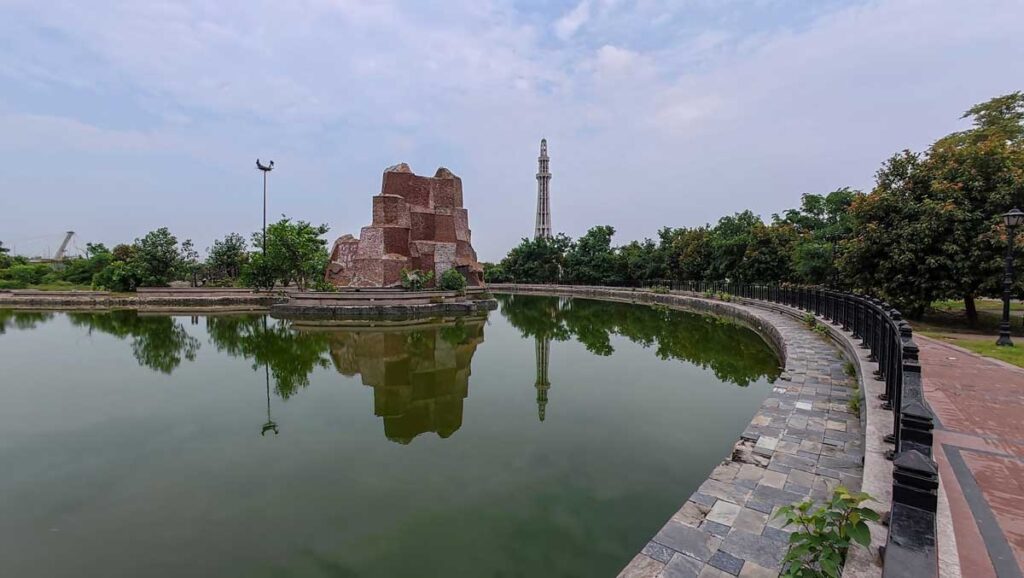
A Brief History of Minar-e-Pakistan
Minar-e-Pakistan was constructed to commemorate one of the most pivotal events in Pakistan’s history – the Lahore Resolution of 1940. This resolution, passed in Iqbal Park on March 23, 1940, called for the creation of an independent Muslim state in the north-western and eastern zones of India, which eventually led to the formation of Pakistan.
The monument was built to symbolize the struggle for freedom and to honor the leaders who envisioned and fought for an independent Pakistan.
The foundation stone of Minar-e-Pakistan was laid in 1960, and the monument was completed in 1968. It was designed by the renowned architect Nasreddin Murat-Khan, whose vision was to create a structure that reflected both the historical significance of the Lahore Resolution and the cultural heritage of the Muslim community in the subcontinent. The minaret, with its towering height and intricate design, is a symbol of Pakistan’s independence and its rich, diverse history.
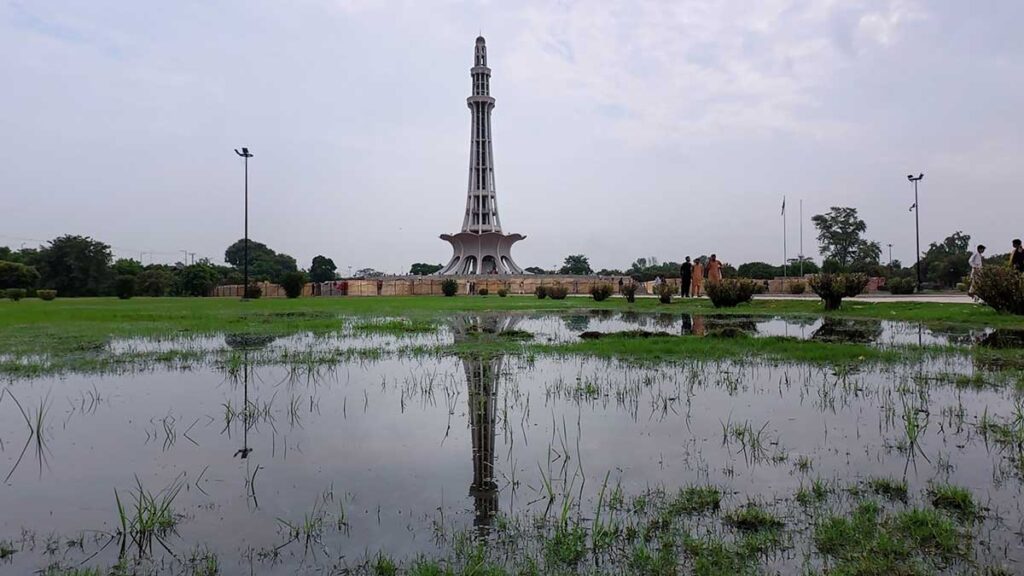
Architectural Beauty of Minar-e-Pakistan
The architectural design of Minar-e-Pakistan is as striking as it is meaningful. Standing at 70 meters tall, the tower is constructed using a combination of white marble and sandstone, which gives it a majestic appearance.
Its structure is composed of four main levels: a square base, a cylindrical shaft, a wide neck, and a large platform with a lotus-shaped canopy. At the base of the tower, there are large stone blocks that are engraved with inscriptions from the Lahore Resolution, and at the top, a brass flagstaff proudly displays the Pakistani flag.
The pillars surrounding the monument are adorned with beautiful Islamic motifs and calligraphy, adding to the structure’s cultural and historical significance. The monument’s symmetry and grand scale make it one of the most iconic landmarks in Lahore, capturing the essence of Pakistan’s fight for independence.
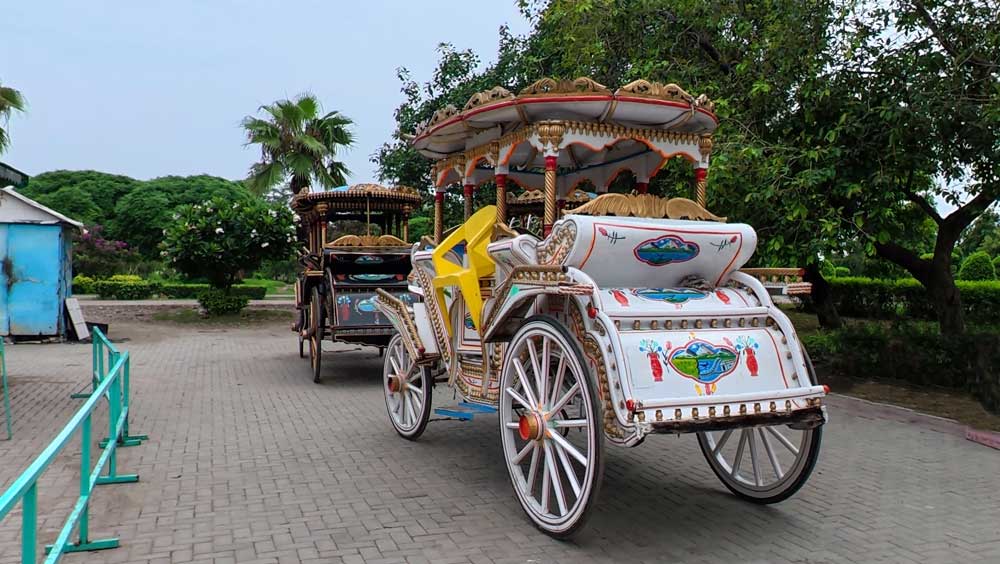
Minar-e-Pakistan’s Role in Pakistan’s National Identity
Minar-e-Pakistan holds a special place in the hearts of every Pakistani, not just as a symbol of independence, but also as a beacon of the country’s values and aspirations. The monument stands tall, representing Pakistan’s resilience, unity, and the sacrifices made by its people to secure their homeland. Every year, on Pakistan Day, March 23, a grand ceremony is held at the site to celebrate the historic significance of the Lahore Resolution and the creation of Pakistan. In recent years, Minar-e-Pakistan has also become a venue for spectacular fireworks displays on August 14, marking the celebration of Independence Day.
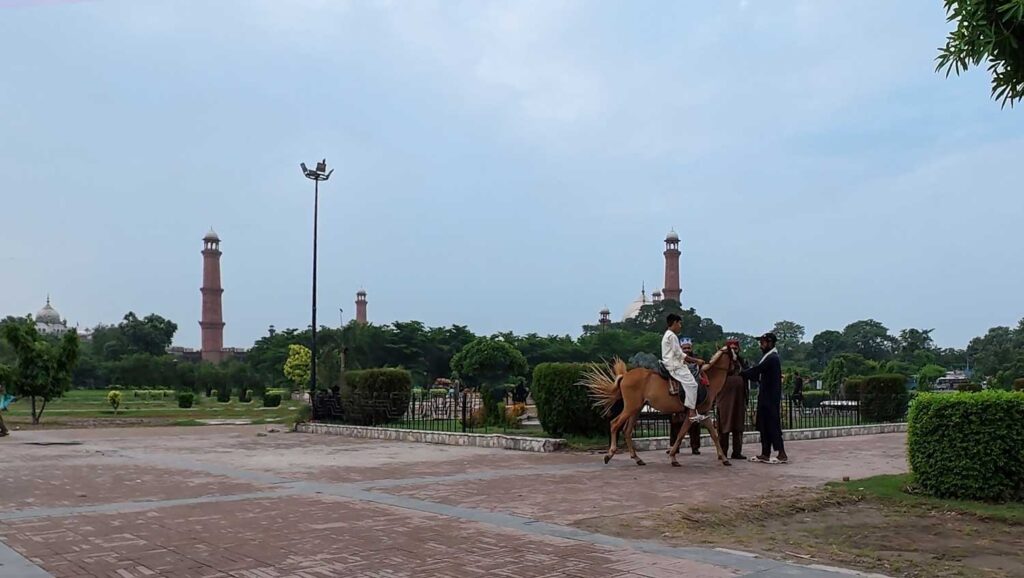
Visiting Minar-e-Pakistan: What to Expect
Minar-e-Pakistan is one of Lahore’s top tourist attractions, not only because of its historical importance but also because of the stunning views it offers. The monument is located in Iqbal Park, which is one of the largest urban parks in Pakistan. Visitors can enjoy a leisurely walk through the lush greenery of the park before heading towards the monument itself. The surrounding area is well-maintained and provides a peaceful environment for reflection and photography.
When you visit Minar-e-Pakistan, you’ll find much more than just the historic monument itself. The surrounding Greater Iqbal Park offers a variety of attractions for visitors of all ages. Inside the park, there is a beautiful man-made lake where you can enjoy boating, adding a refreshing touch to your trip. For those looking for fun activities, options like buggy rides, horse riding, and children’s amusement rides make it a lively spot for families.
A major attraction inside Greater Iqbal Park is the History Museum, which showcases Pakistan’s journey from independence to the present day. Through interactive exhibits, digital galleries, and rare historical artifacts, the museum offers an immersive experience that highlights key events, leaders, and cultural milestones. It provides visitors, especially students and history enthusiasts, with valuable insights into the country’s heritage while adding an educational dimension to the park’s appeal.
Food lovers can indulge in fine dining at two renowned restaurants located within the park—The Poet Boutique Restaurant, known for its cultural ambiance, and Bundu Khan Royal, famous for its traditional Pakistani cuisine. Another highlight inside the park is the tomb of Abul Asar Hafeez Jalandhari, the celebrated poet who wrote Pakistan’s national anthem, making this site not only recreational but also historically and culturally significant.
The iconic Badshahi Masjid and the historic Shahi Qila (Lahore Fort) are also located within the vicinity of Greater Iqbal Park, making it convenient for visitors to explore multiple landmarks in a single trip.
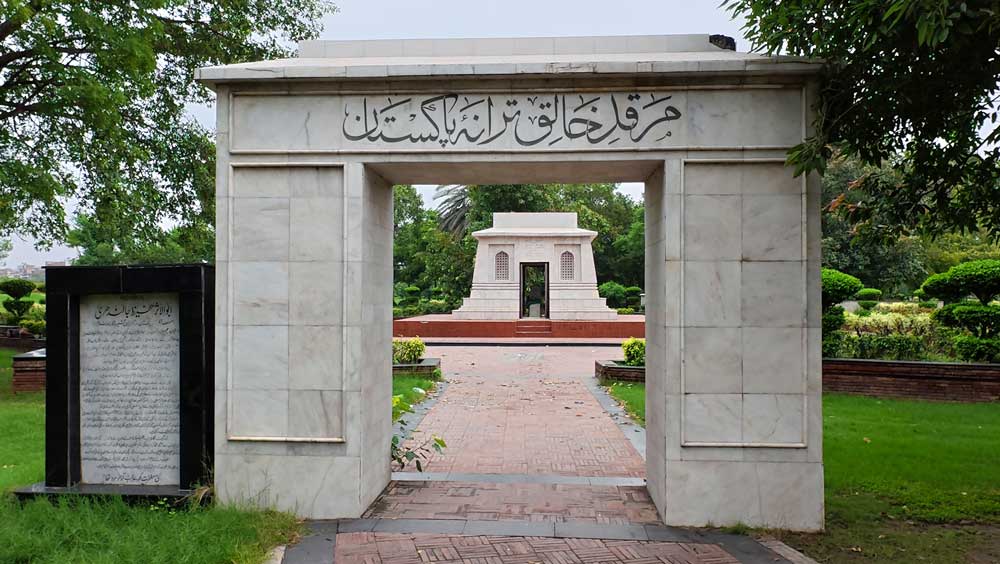
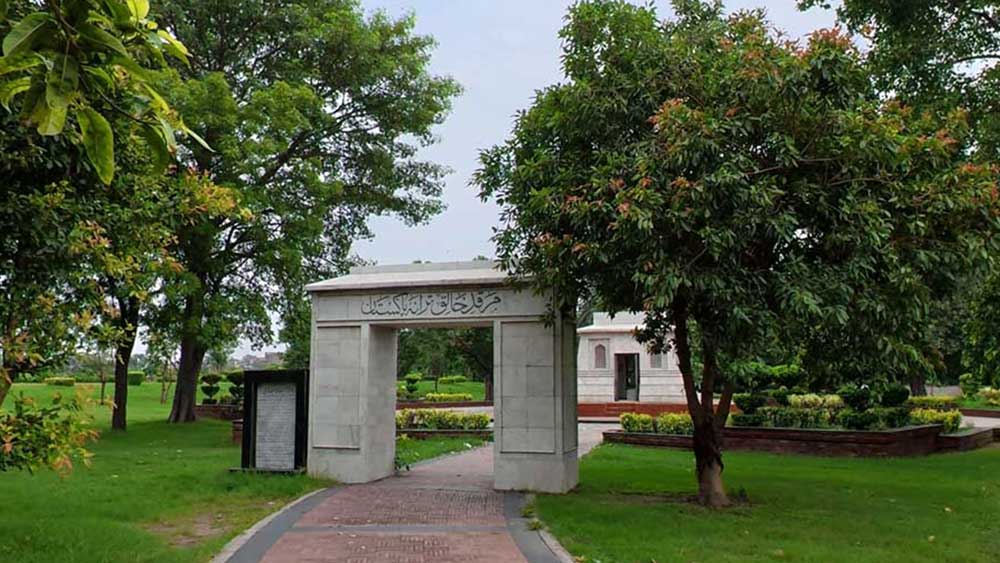
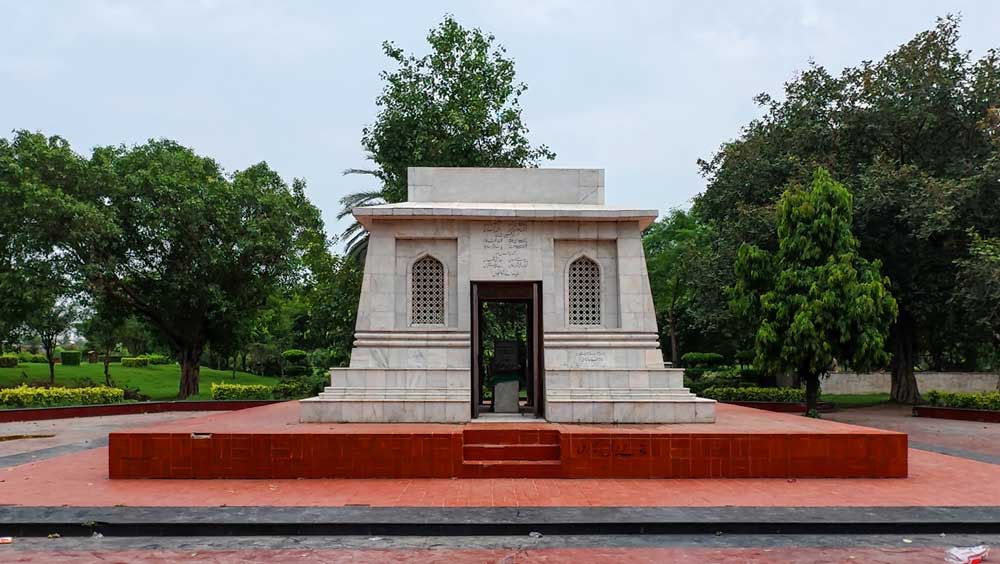
Best Time to Visit Minar-e-Pakistan
The best time to visit Minar-e-Pakistan is during the cooler months, from October to March, when Lahore experiences pleasant weather. The site can get quite crowded during national holidays and Pakistan Day, so visiting on a weekday or early in the morning ensures a more peaceful experience. For photography lovers, the golden hour—just after sunrise or just before sunset—offers the perfect light to capture the monument’s beauty and the surrounding scenery.
Additionally, visiting Minar-e-Pakistan during major events or ceremonies is an unforgettable experience. The atmosphere during these occasions is full of patriotism and pride, as thousands of people gather to honor the country’s history and its independence.
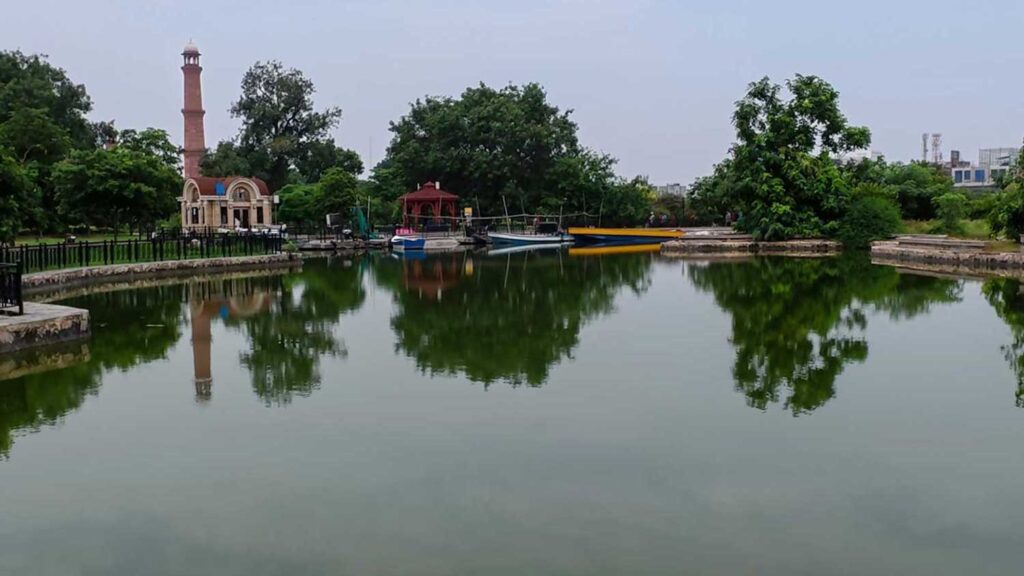
Conclusion
Minar-e-Pakistan is not just a monument; it’s a symbol of Pakistan’s independence, history, and national identity. Whether you’re a history enthusiast, a traveler seeking to learn more about Pakistan’s past, or simply someone who wants to experience one of Lahore’s most iconic landmarks, Minar-e-Pakistan is a must-visit. Its towering presence, intricate design, and historical significance make it a powerful reminder of the sacrifices made for the creation of Pakistan.
So, the next time you find yourself in Lahore, take a moment to visit Minar-e-Pakistan, stand beneath its towering structure, and reflect on the journey that led to the birth of this beautiful country.
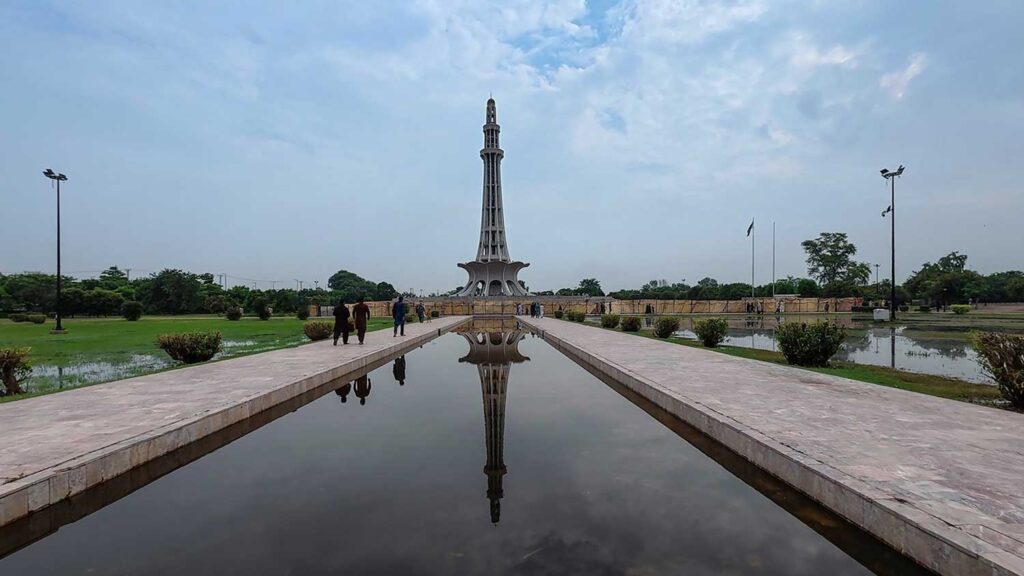



1 thought on “Minar e Pakistan, Lahore – A Monument to Pakistan’s Struggle for Independence”
Pingback: Lahore Fort (Shahi Qila) – Exploring the Mughal Glory of Lahore - Kashif's Art